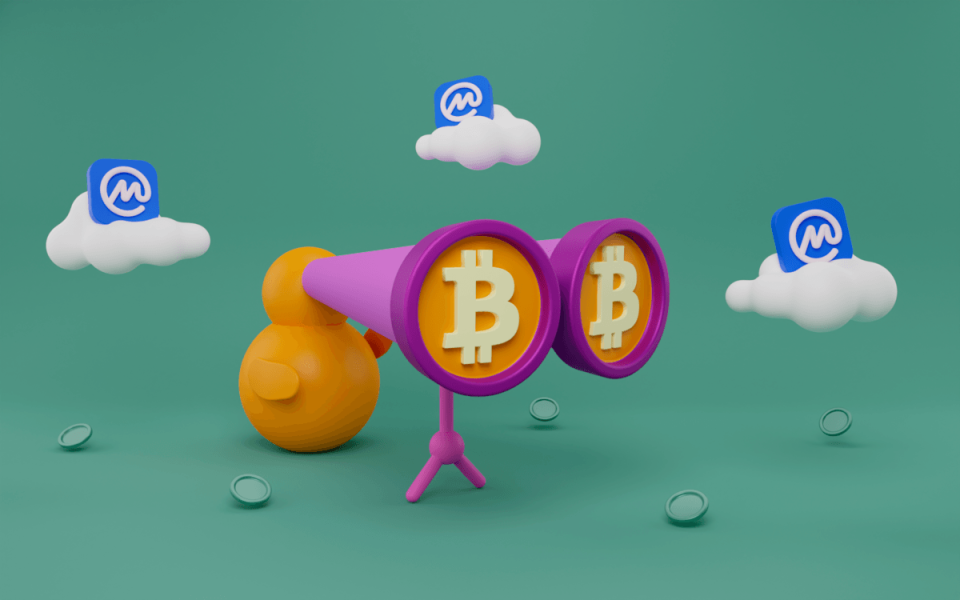Micropayments, the ability to make small financial transactions online, have gained momentum in the digital age. These transactions, typically involving low-value goods and services, hold immense potential for various industries. However, realizing this potential requires careful policy considerations and the implementation of best practices. This article explores the importance of unlocking the potential of micropayments, highlighting key policy considerations and offering insights into best practices for successful implementation.
Body:
-
Understanding the Potential of Micropayments (approximately 100 words):
Micropayments have the power to revolutionize the digital landscape by enabling seamless and frictionless transactions for low-value goods and services. They empower content creators, promote innovation, and enhance the overall user experience. By allowing users to pay for what they consume on a small scale, micropayments open up new revenue streams and encourage the development of niche digital products and services. Realizing the full potential of micropayments requires policymakers to address specific considerations and adopt best practices.
-
Policy Considerations for Micropayments (approximately
To unlock the potential of 소액결제 정책, policymakers must carefully consider several factors. Firstly, it is essential to foster an enabling regulatory environment that strikes a balance between consumer protection and innovation. Regulations should be flexible enough to accommodate emerging technologies and payment methods while ensuring adequate safeguards for users.
Secondly, policymakers should encourage collaboration between financial institutions, technology providers, and businesses to develop interoperable and secure micropayment solutions. This can include establishing industry standards, promoting open APIs, and encouraging the use of secure payment gateways.
Moreover, addressing transaction costs is crucial. Traditional payment processors often charge fixed fees or a percentage of the transaction value, which can be prohibitively expensive for micropayments. Exploring alternative payment infrastructures, such as blockchain-based systems or digital wallets specifically designed for micropayments, can help reduce costs and enable more viable micropayment ecosystems.
-
Best Practices for Successful Micropayment Implementation (approximately
Implementing micropayments effectively requires the adoption of best practices. First and foremost, user experience should be a top priority. The payment process must be streamlined, intuitive, and secure, ensuring that users can make micropayments with ease.
Transparency and clear pricing structures are also crucial. Users should have a clear understanding of the cost associated with each transaction, avoiding any unexpected charges or hidden fees. Implementing simple and flexible pricing models, such as pay-as-you-go or subscription-based options, can enhance user trust and satisfaction.
Furthermore, incentivizing content creators to participate in micropayment ecosystems is essential. Offering fair compensation, providing transparent revenue-sharing models, and implementing effective rights management systems can encourage creators to monetize their work through micropayments.

